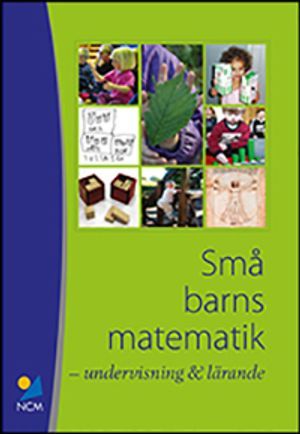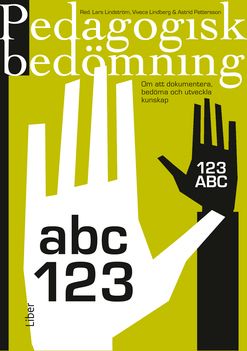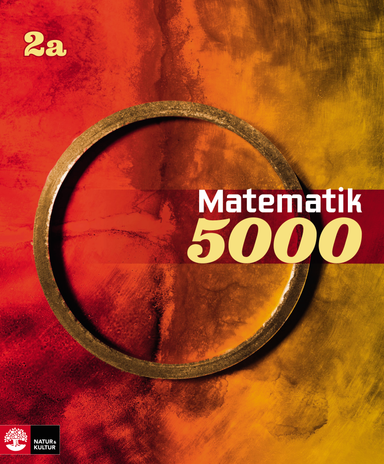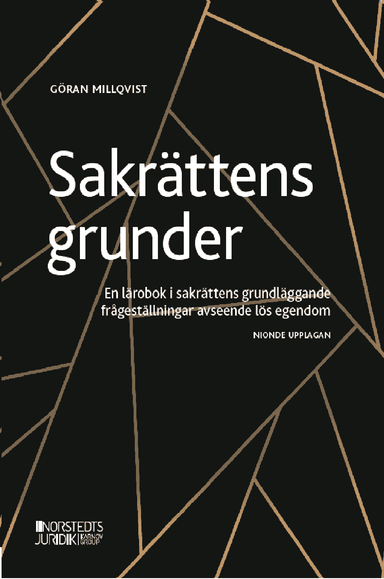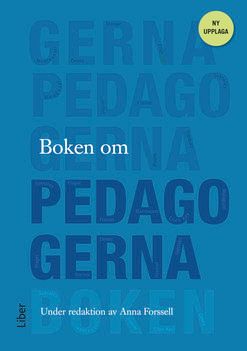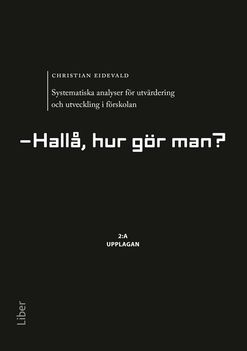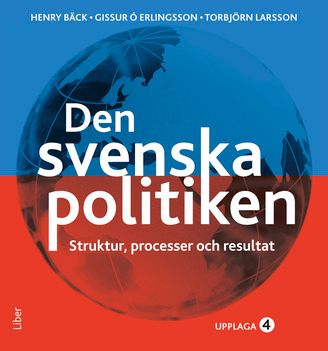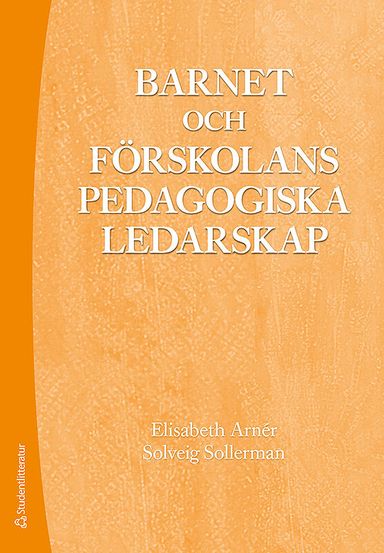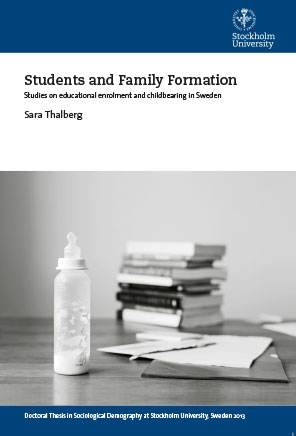

Students and Family Formation – studies on educational enrolment and childbearing in Sweden Upplaga 1
- Upplaga: 1a upplagan
- Utgiven: 2014
- ISBN: 9789187235566
- Sidor: 141 st
- Förlag: Acta Universitatis Stockholmiensis
- Format: Häftad
- Språk: Engelska
Om boken
This thesis explores the impact of educational enrolment on family formation in Sweden. The aim is to identify factors that are important for students’ childbearing and to find potential explanations as to why so few students have children while enrolled in education. Three independent studies are carried out, two quantitative and one qualitative. Study I examines the associations between age, earnings, a student financial aid reform, and female students’ first, second and third birth risks. Study II takes a gender perspective and compares the influence of mothers’ and fathers’ enrolment and earnings on parental couples’ propensities to have a second or a third child. In both these studies the analyses are performed using longitudinal register data. Study III explores male and female students’ childbearing intentions, and the motivations behind them, through individual in-depth interviews with childless students. Several findings point towards the significance of economic factors. The results in Study I show that earnings have a clear impact on female students’ birth risks, and in Study III economic security is found to be an important motive behind the students’ childbearing intentions. However, the student financial aid reform investigated in Study I had no noticeable impact on students’ childbearing behaviour. The negative effect of educational enrolment on childbearing risks, as well as the significance of earnings and economic security, is clearly weakened by age. In addition to economic security, the interview accounts indicate that non-material aspects, such as the biological risks of postponement, knowing one’s future prospects and being content with life, are also important for the timing of childbearing. The implications of educational enrolment for family formation are also found to be largely dependent on gender, as in Study II mothers’ educational enrolment had a much stronger negative impact on couples’ continued childbearing than fathers’ enrolment. Further, compared to the males, the female respondents in Study III had much more knowledge about the parental leave system, and parental leave and their benefit level were also things they took into account to a much larger extent when discussing their childbearing intentions. The gender differences are likely associated with the Swedish earnings-related parental leave insurance and mothers still taking the largest part of the leave. The fact that both economic security and the biological risks associated with postponement are seen as crucial factors for timing of family formation implies that some students, particularly females above age 30, find themselves in a difficult situation.
Åtkomstkoder och digitalt tilläggsmaterial garanteras inte med begagnade böcker
Mer om Students and Family Formation – studies on educational enrolment and childbearing in Sweden (2014)
I april 2014 släpptes boken Students and Family Formation – studies on educational enrolment and childbearing in Sweden skriven av Sara Thalberg. Det är den 1a upplagan av kursboken. Den är skriven på engelska och består av 141 sidor djupgående information om samhälle och politik. Förlaget bakom boken är Acta Universitatis Stockholmiensis.
Köp boken Students and Family Formation – studies on educational enrolment and childbearing in Sweden på Studentapan och spara pengar.
Tillhör kategorierna
Referera till Students and Family Formation – studies on educational enrolment and childbearing in Sweden (Upplaga 1)
Harvard
Thalberg, S. (2014). Students and Family Formation – studies on educational enrolment and childbearing in Sweden. 1:a uppl. Acta Universitatis Stockholmiensis.
Oxford
Thalberg, Sara, Students and Family Formation – studies on educational enrolment and childbearing in Sweden, 1 uppl. (Acta Universitatis Stockholmiensis, 2014).
APA
Thalberg, S. (2014). Students and Family Formation – studies on educational enrolment and childbearing in Sweden (1:a uppl.). Acta Universitatis Stockholmiensis.
Vancouver
Thalberg S. Students and Family Formation – studies on educational enrolment and childbearing in Sweden. 1:a uppl. Acta Universitatis Stockholmiensis; 2014.

